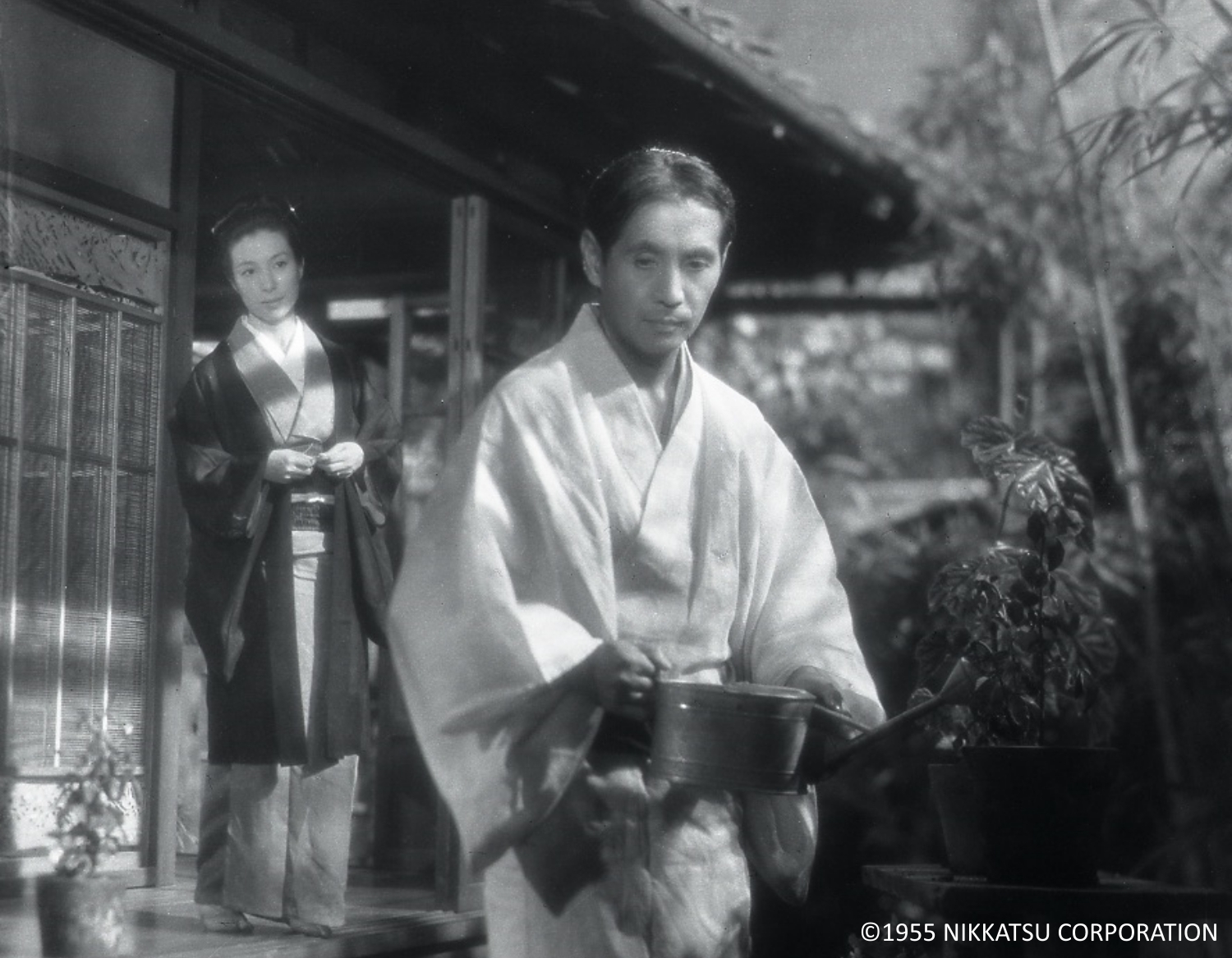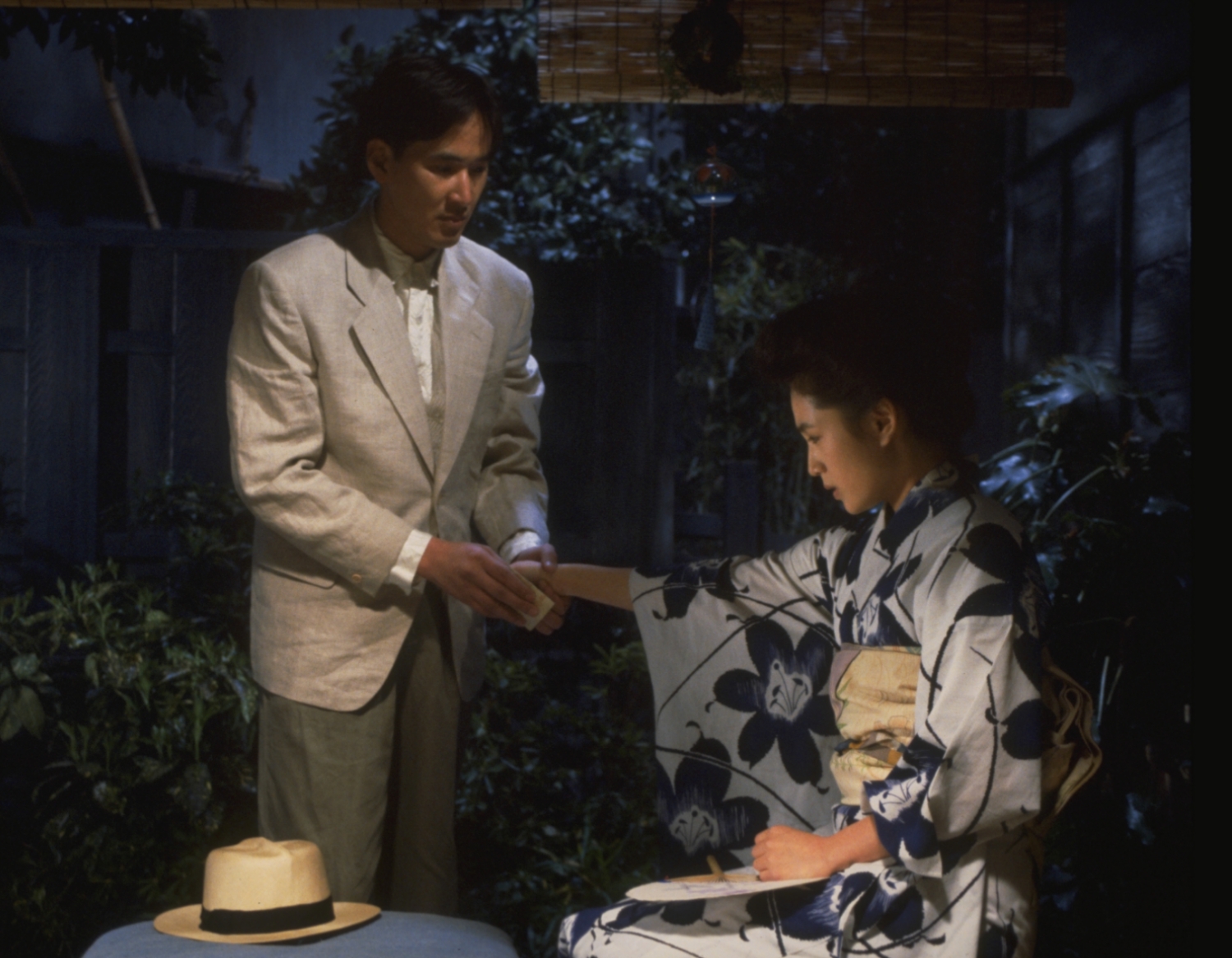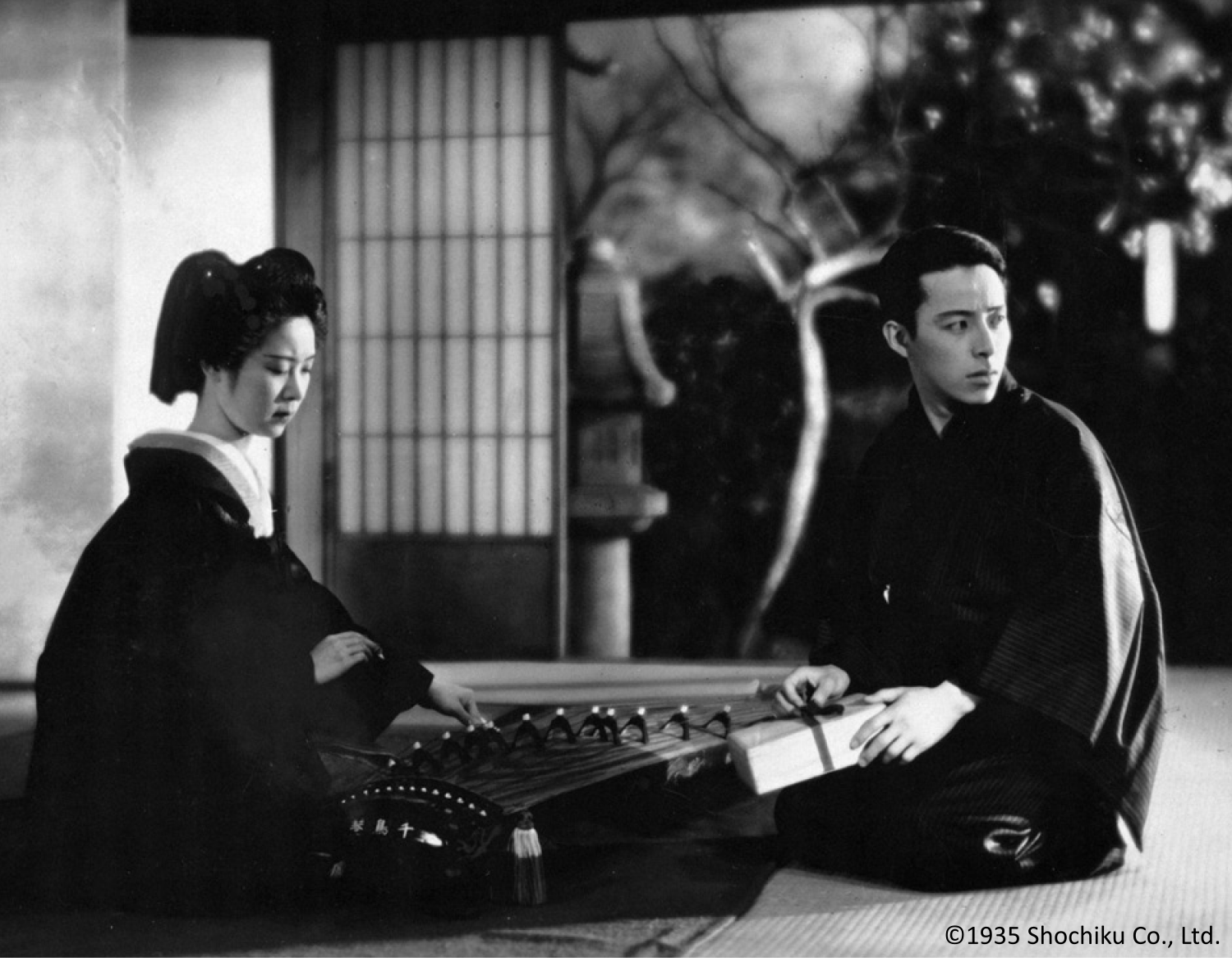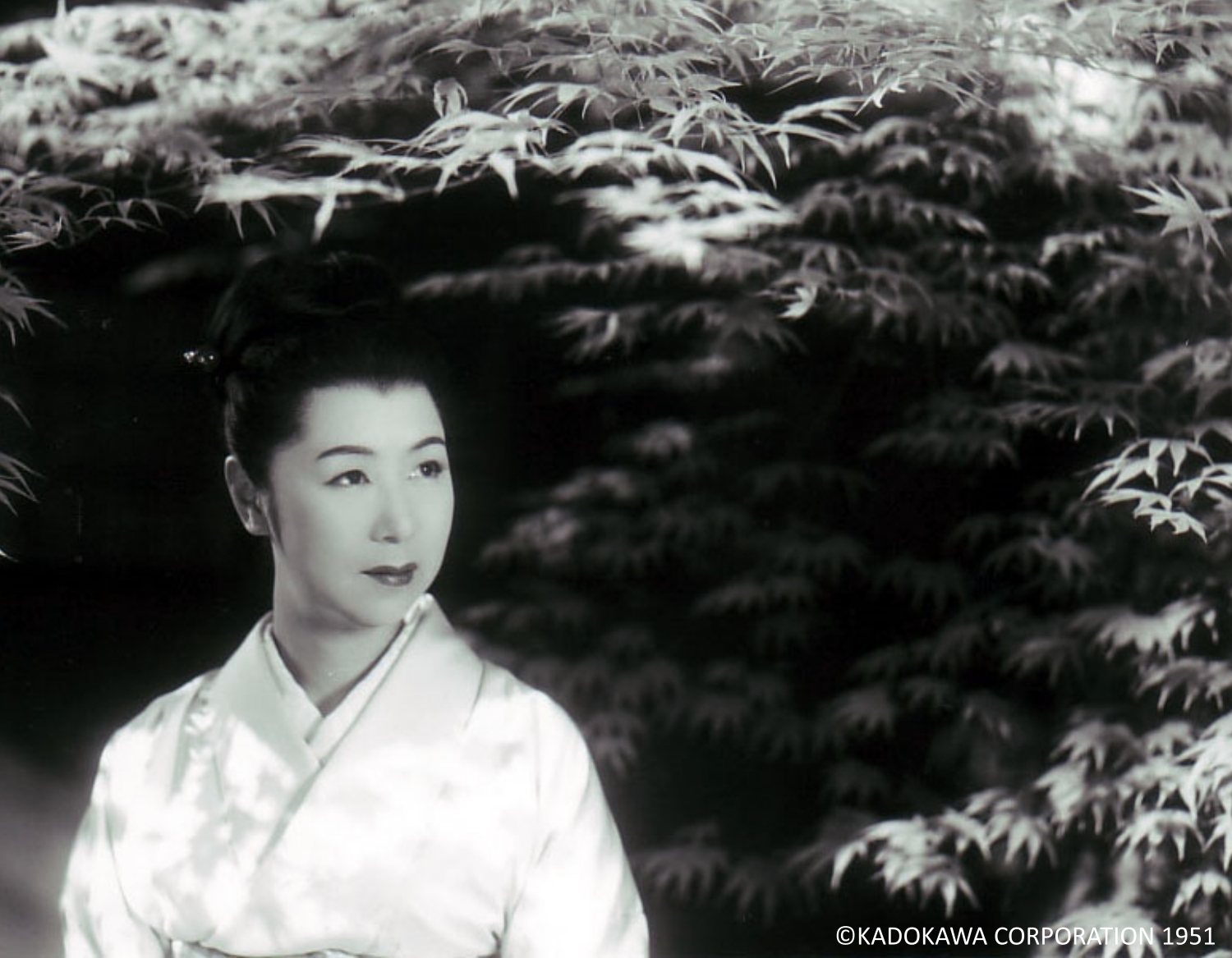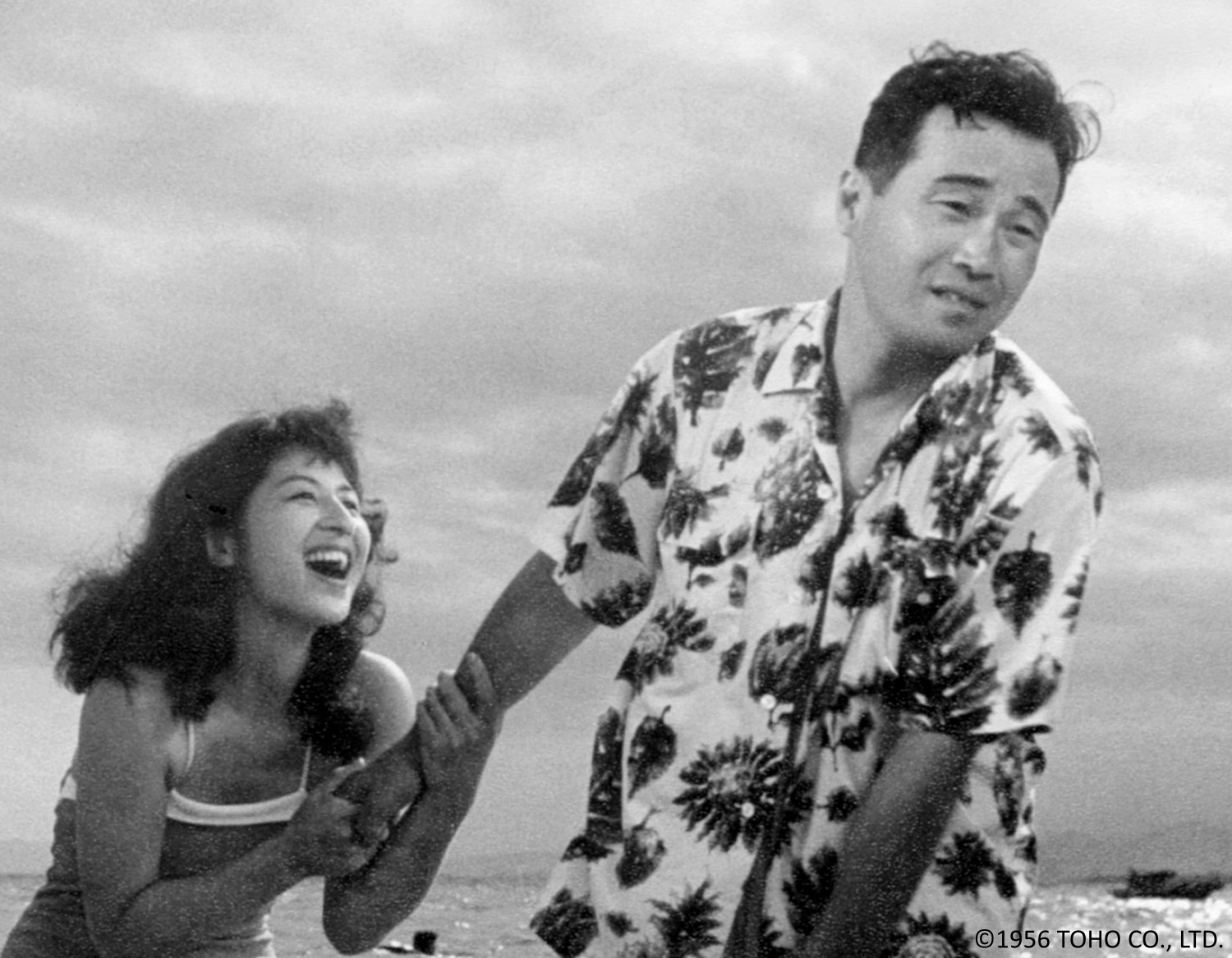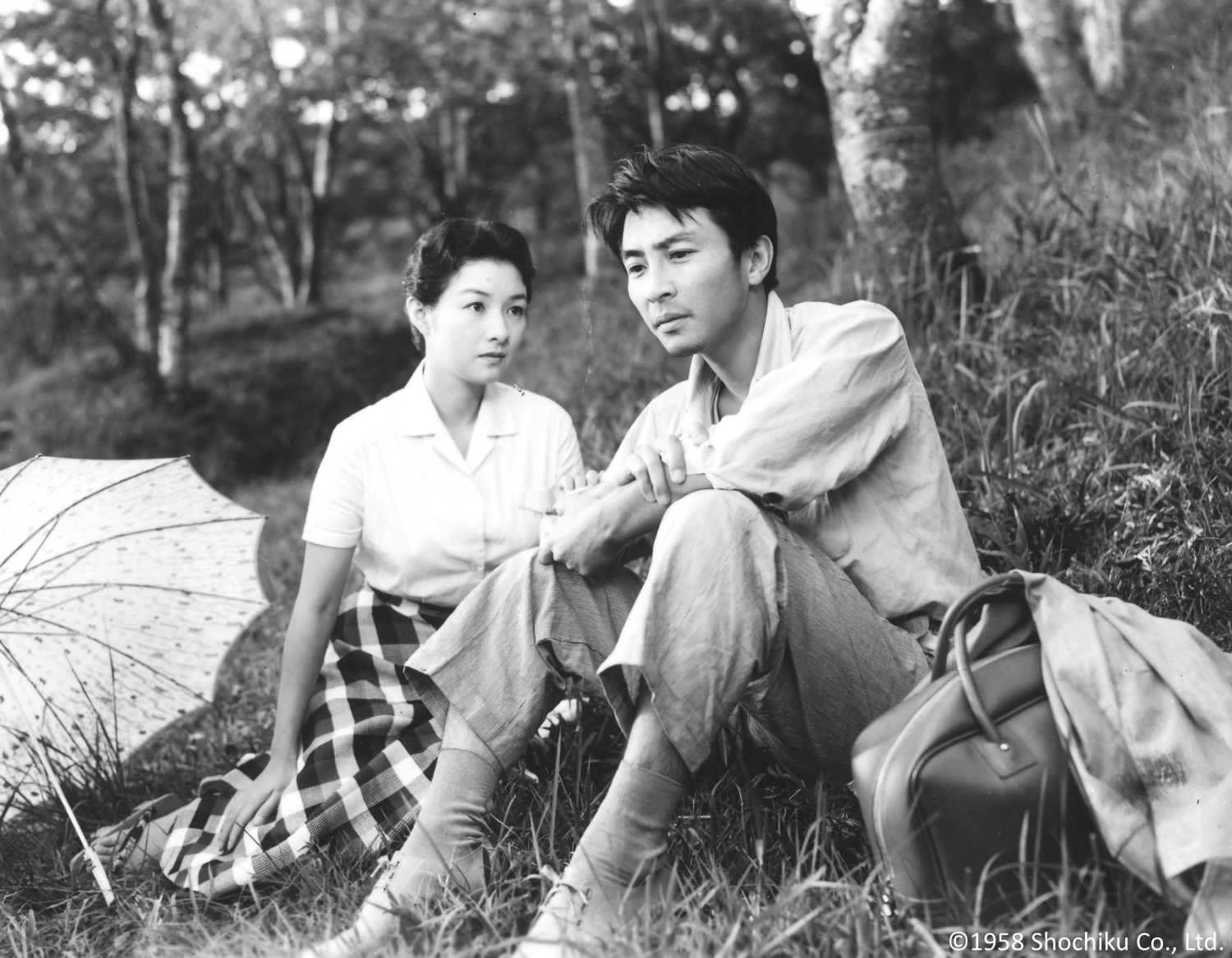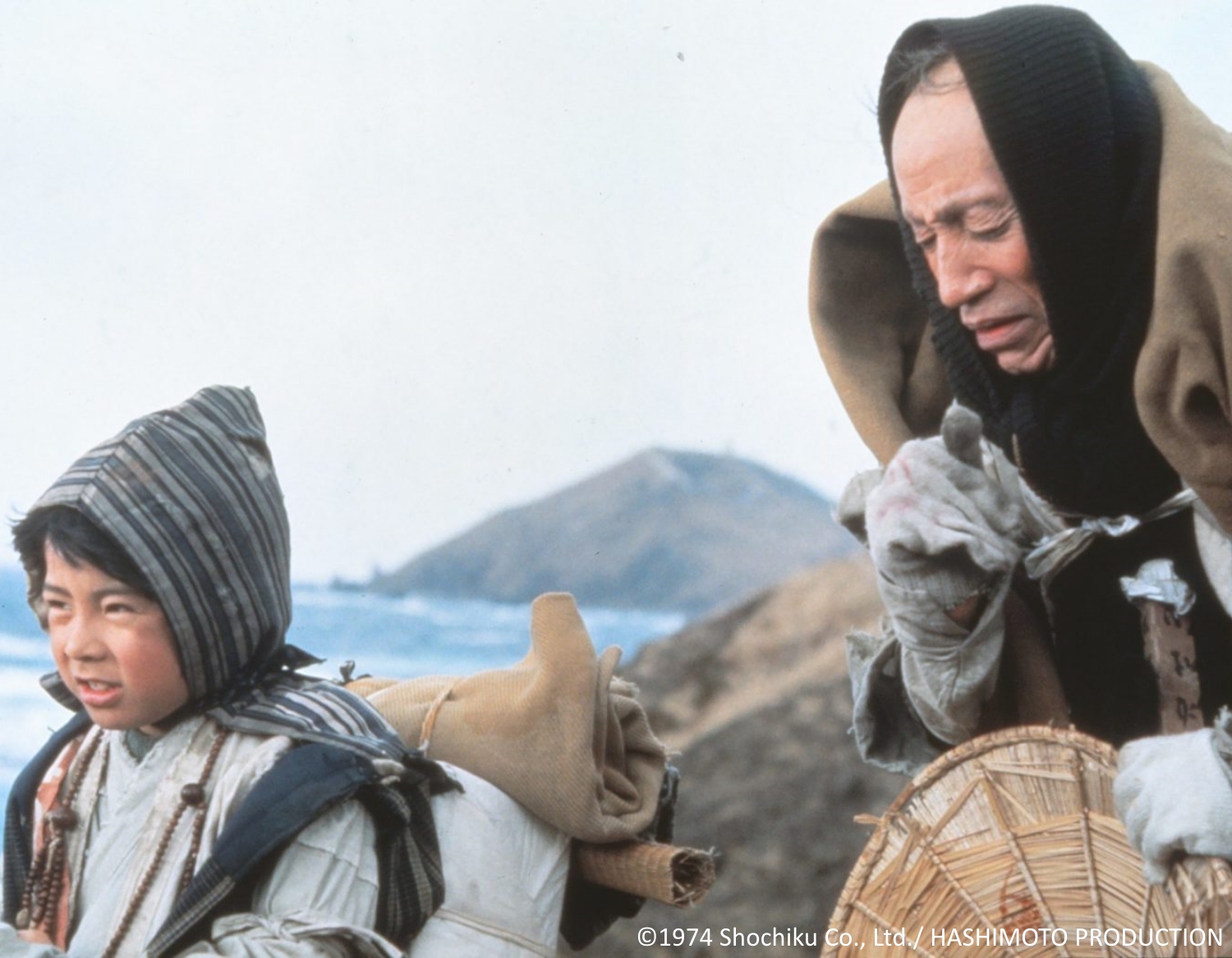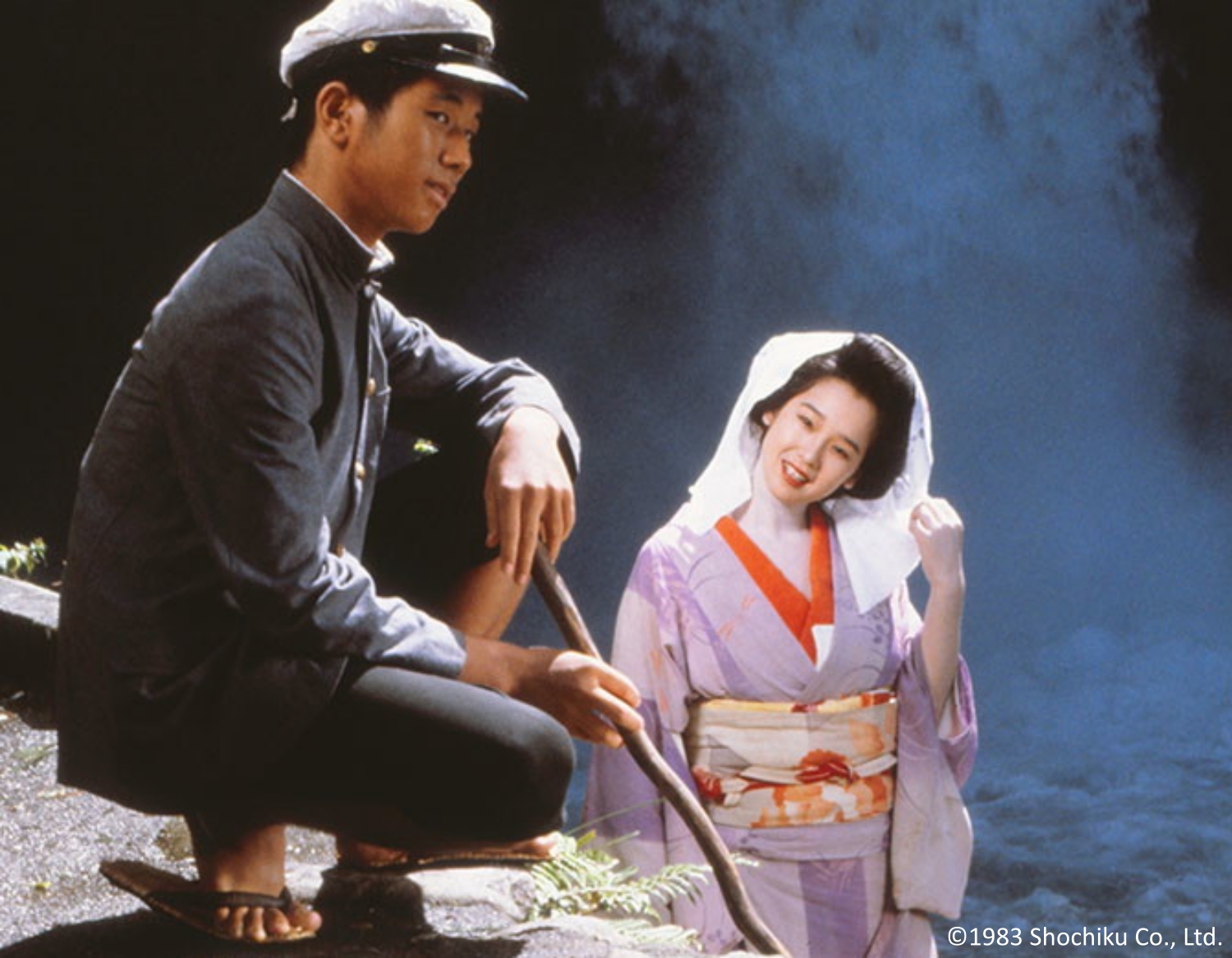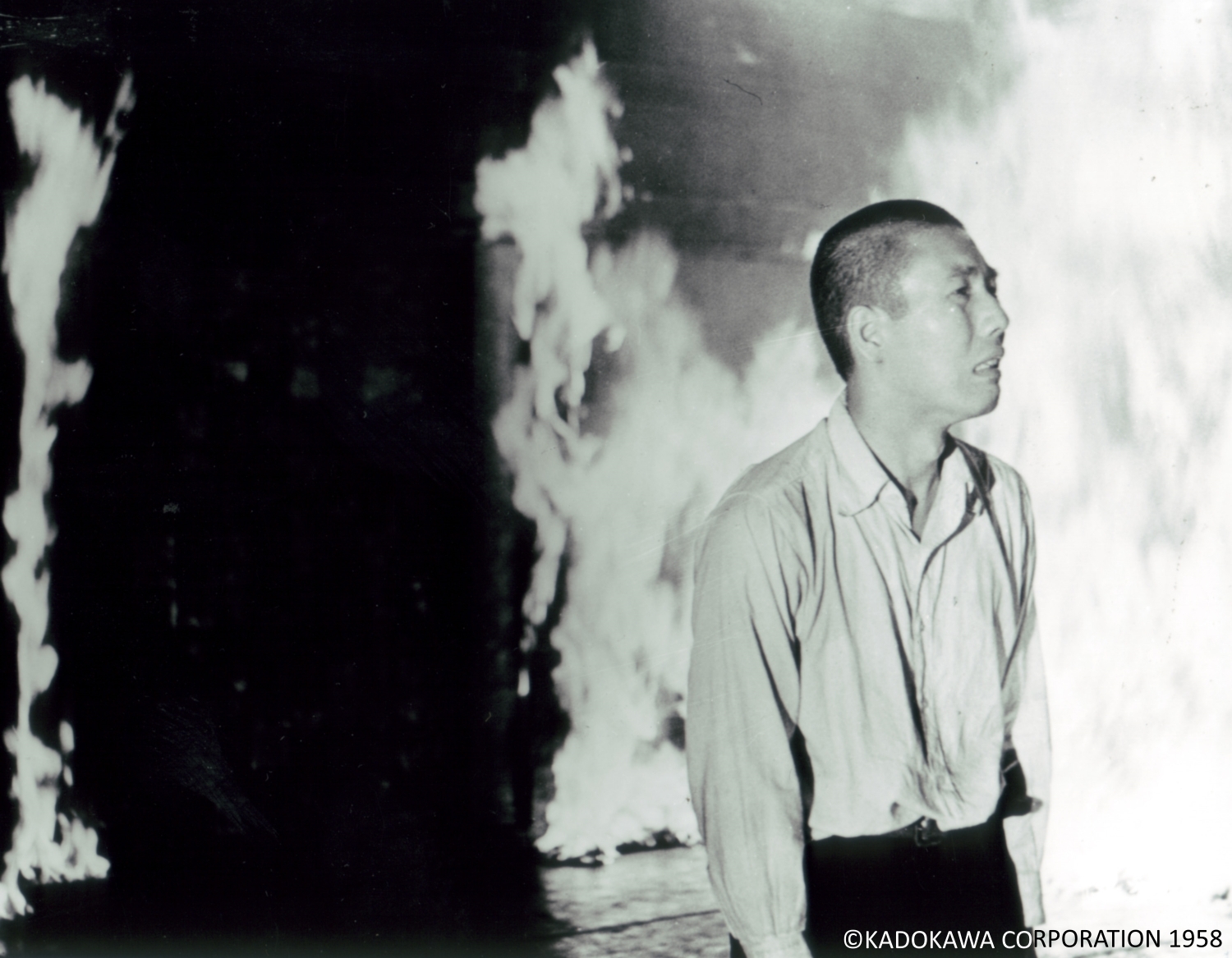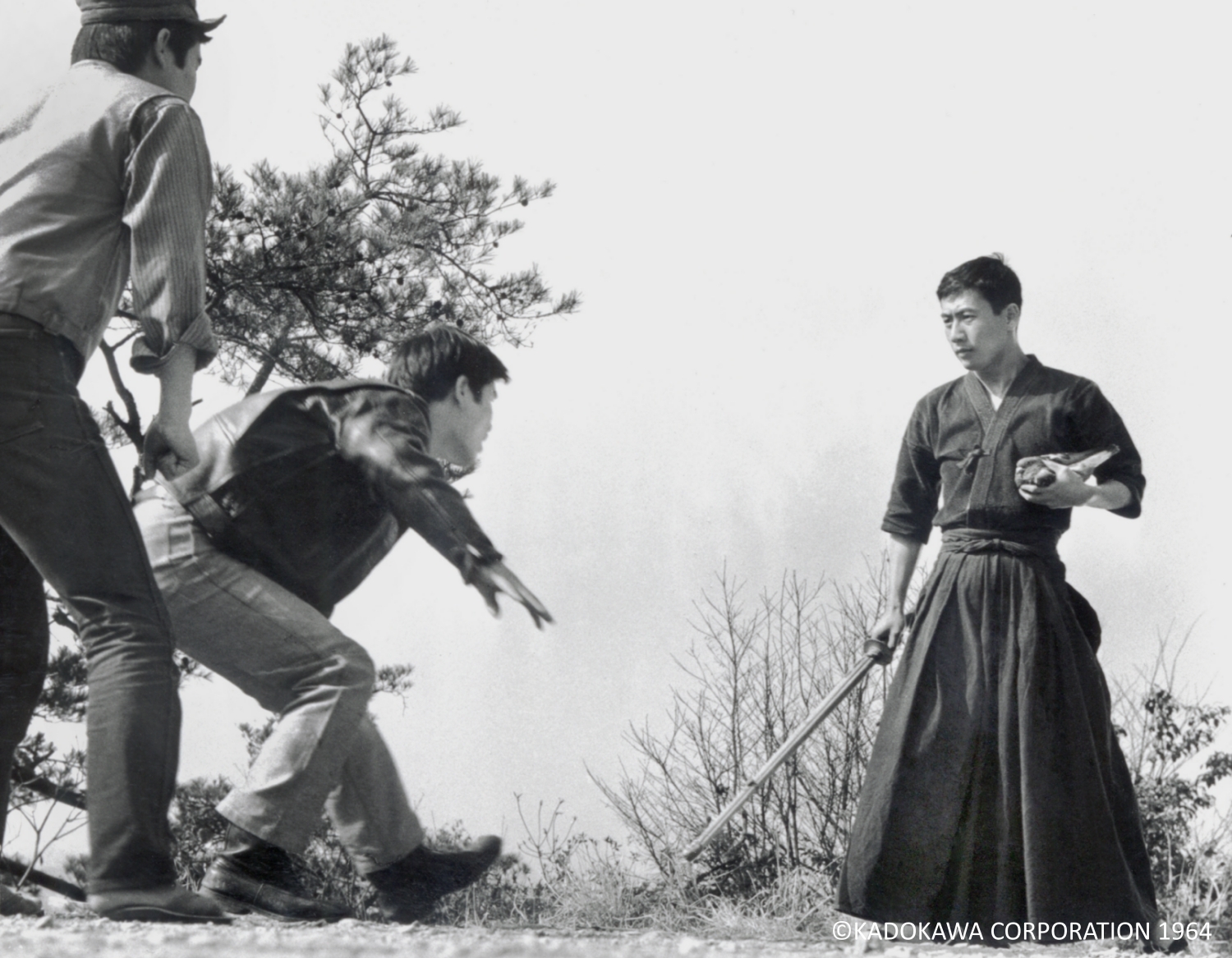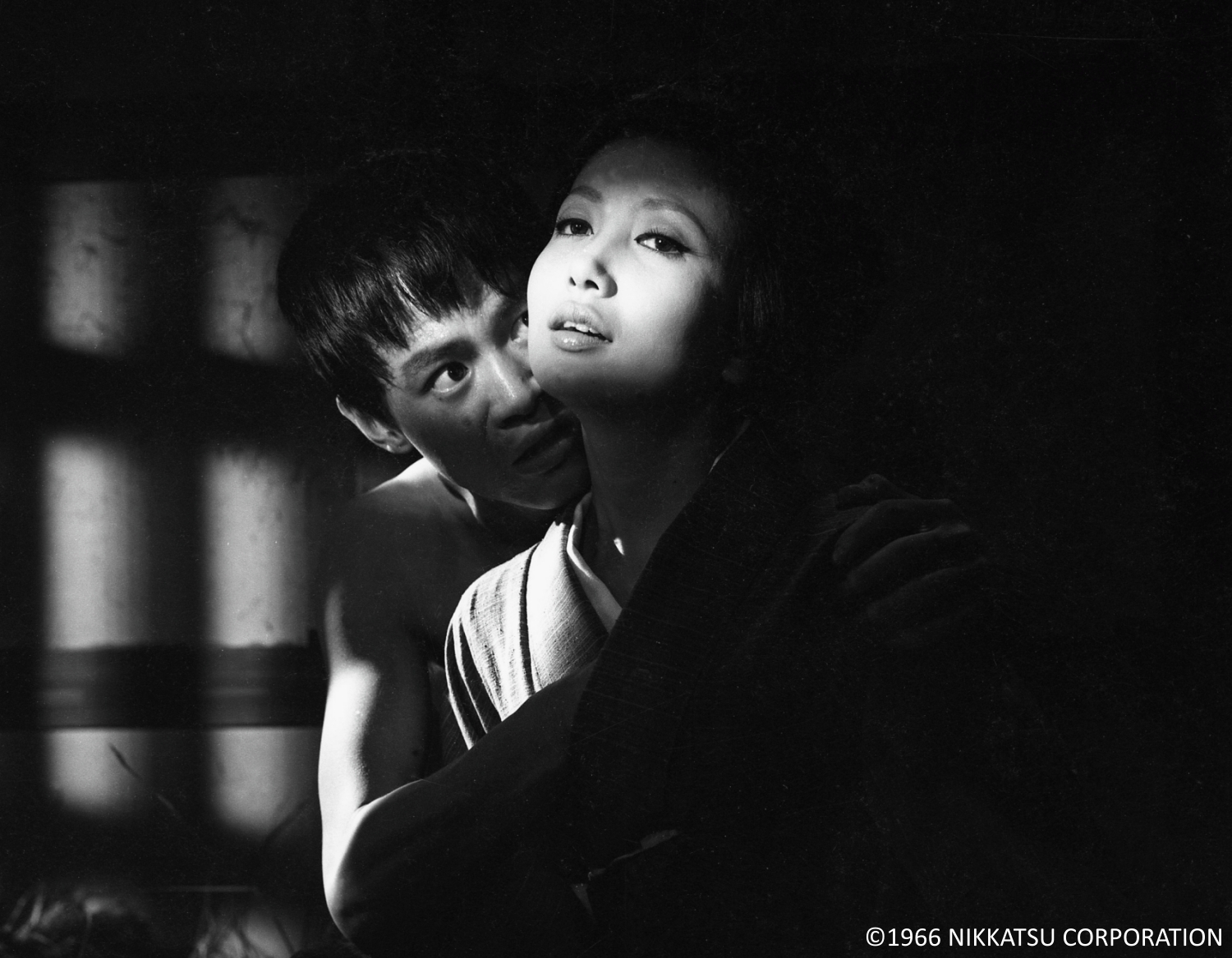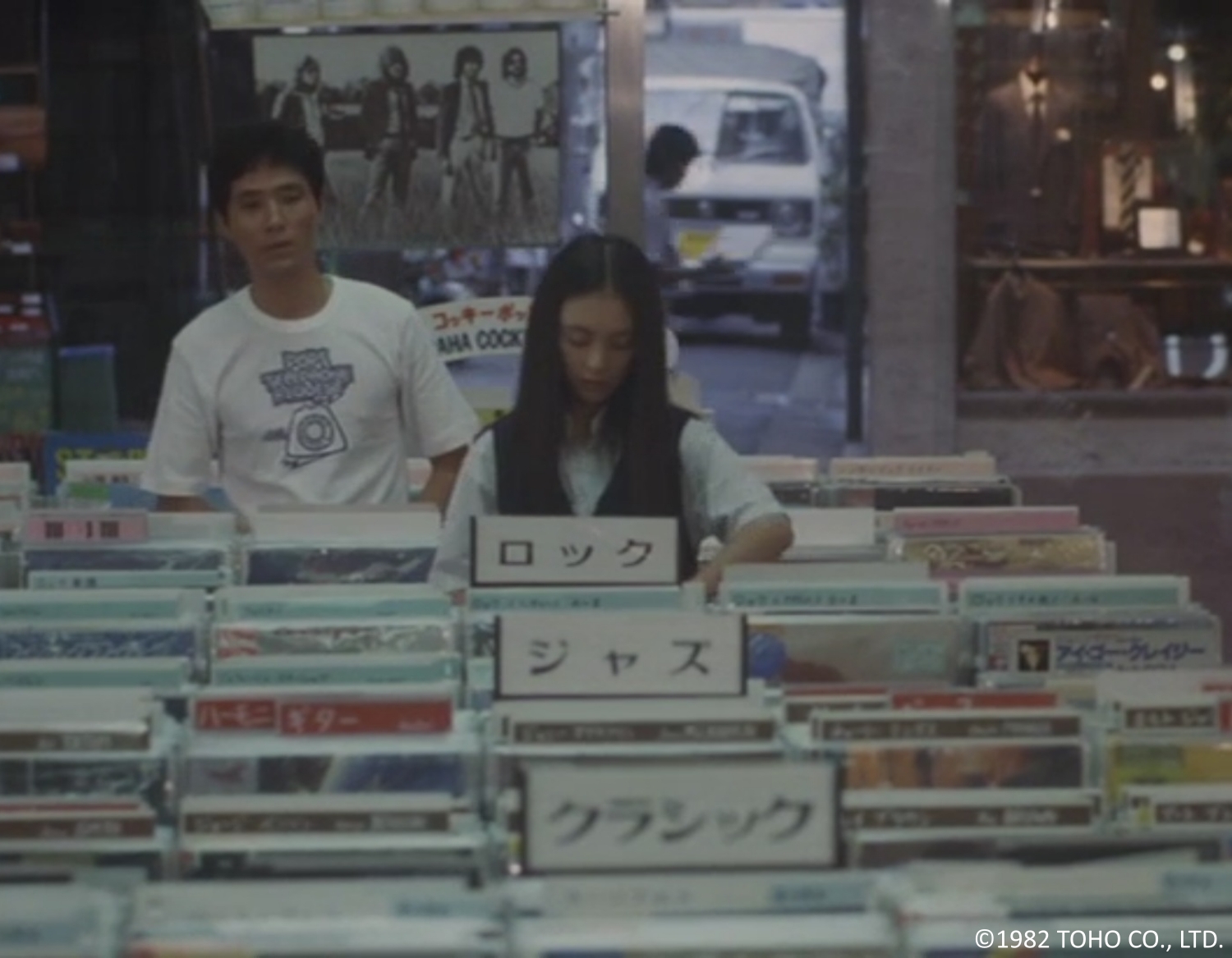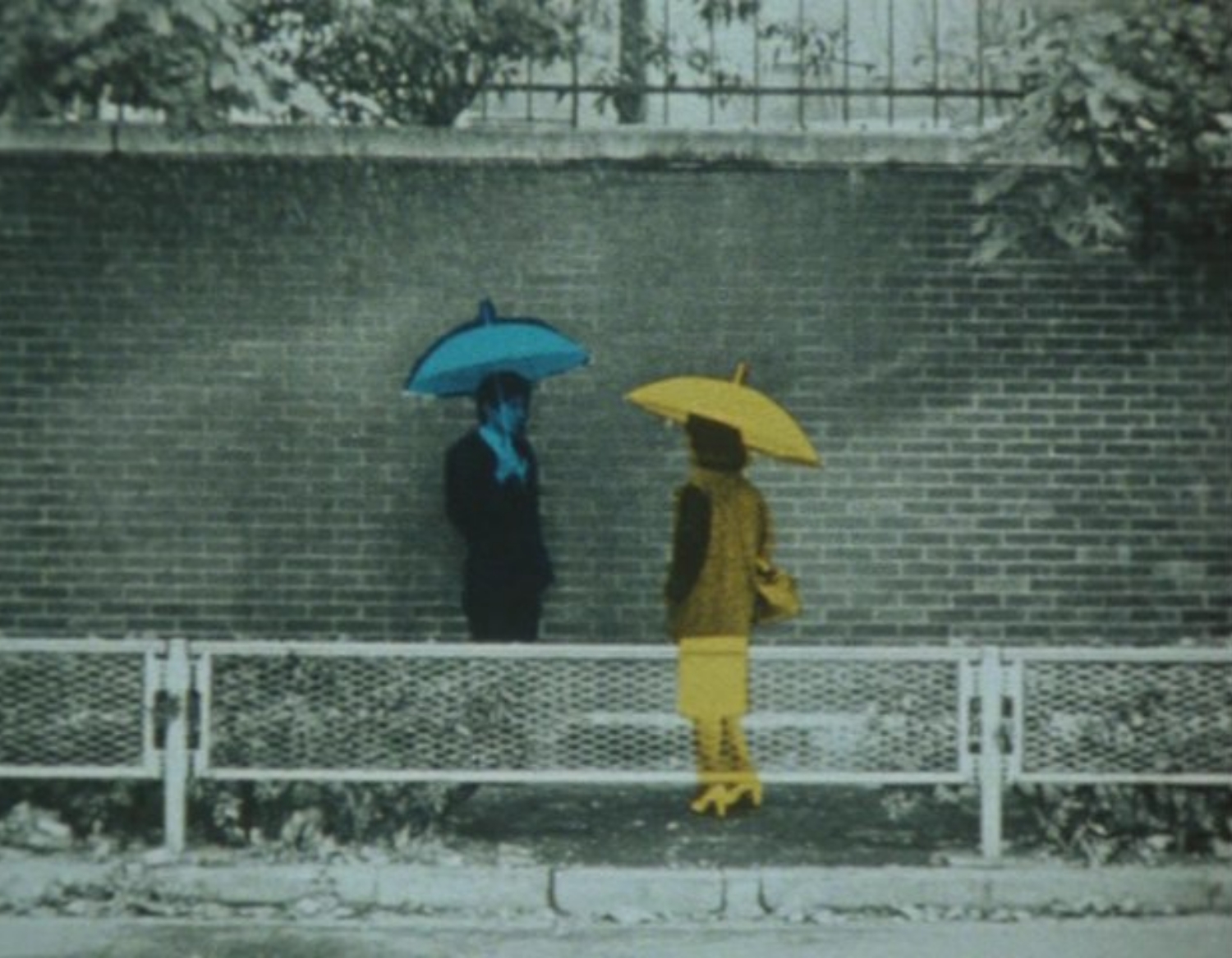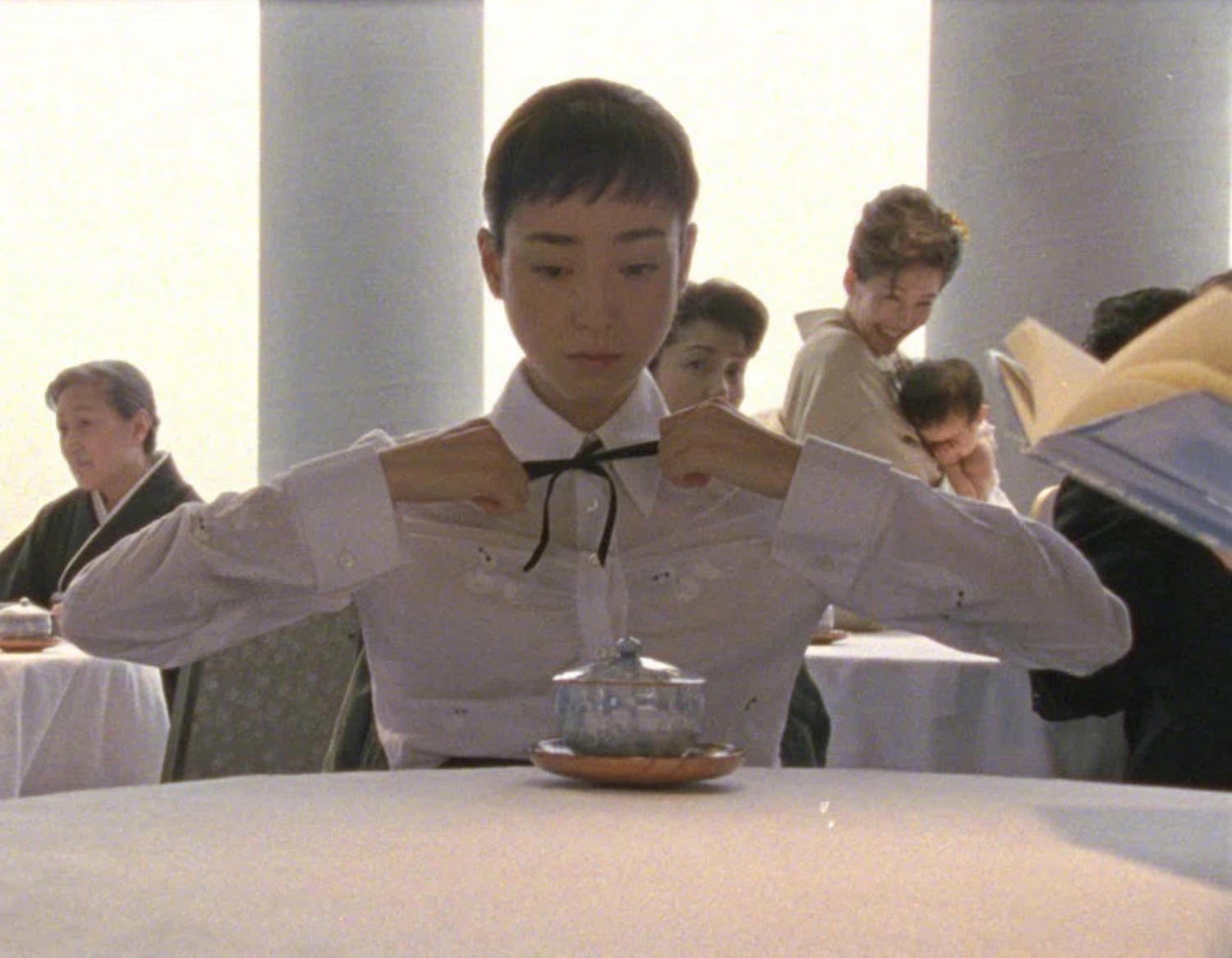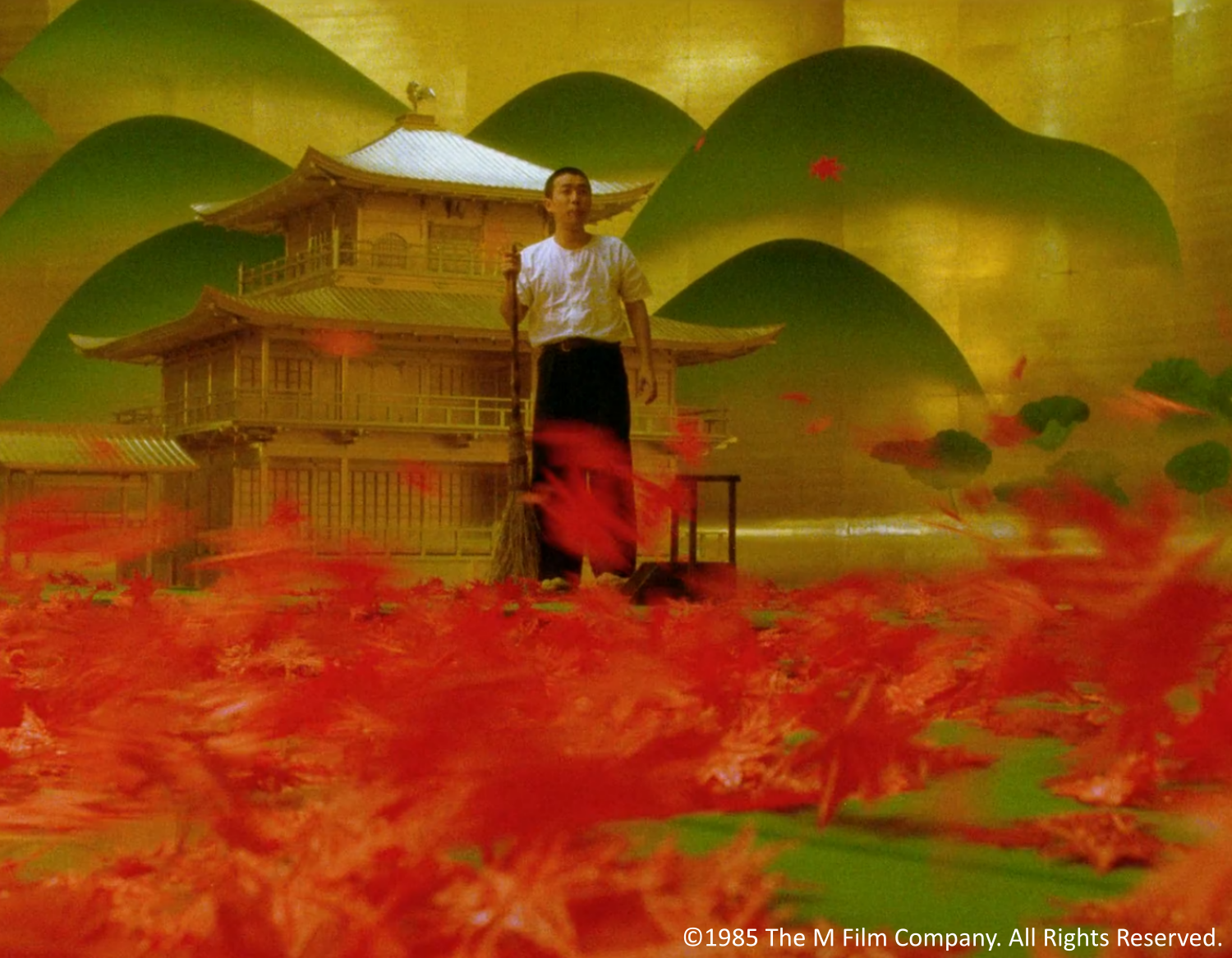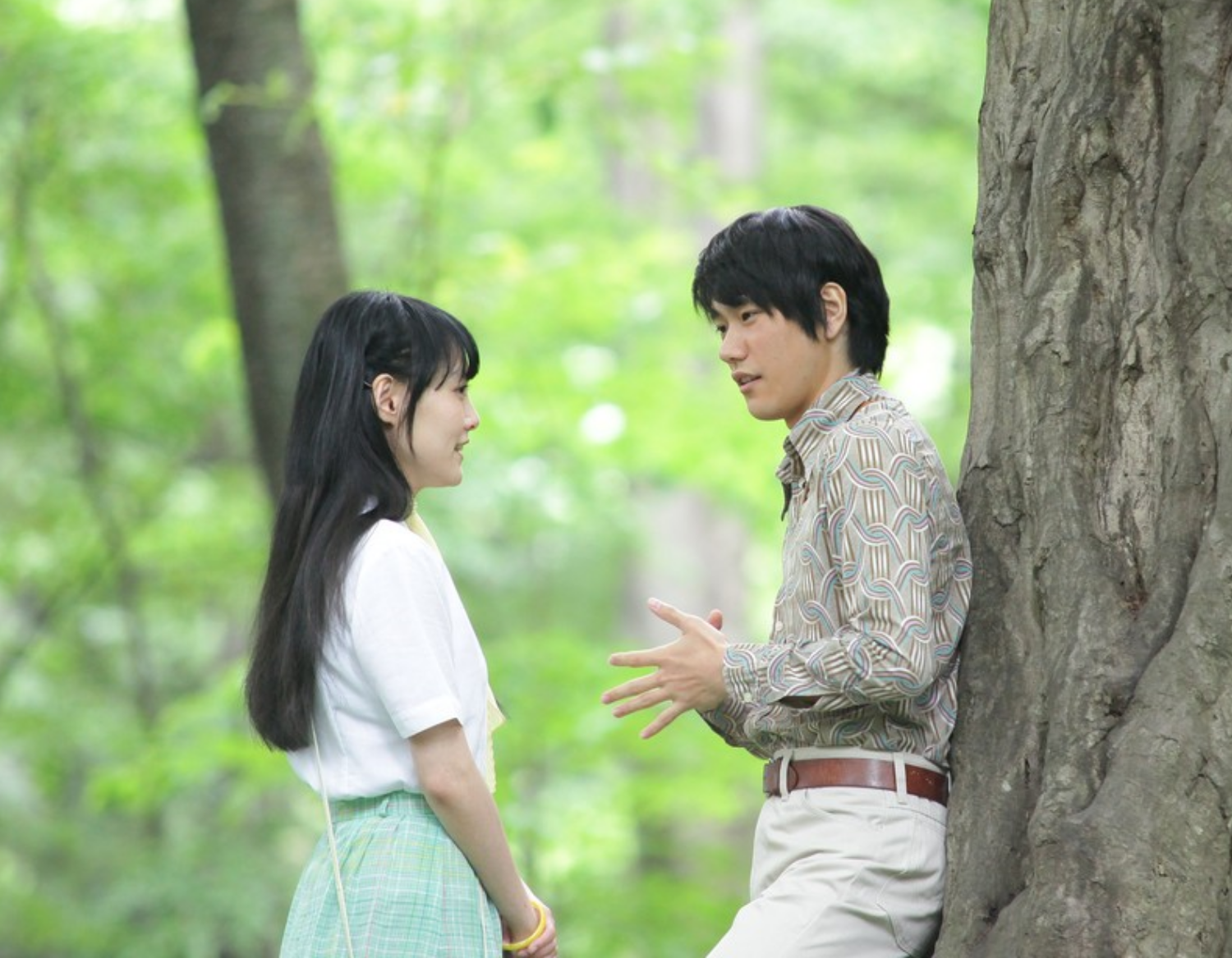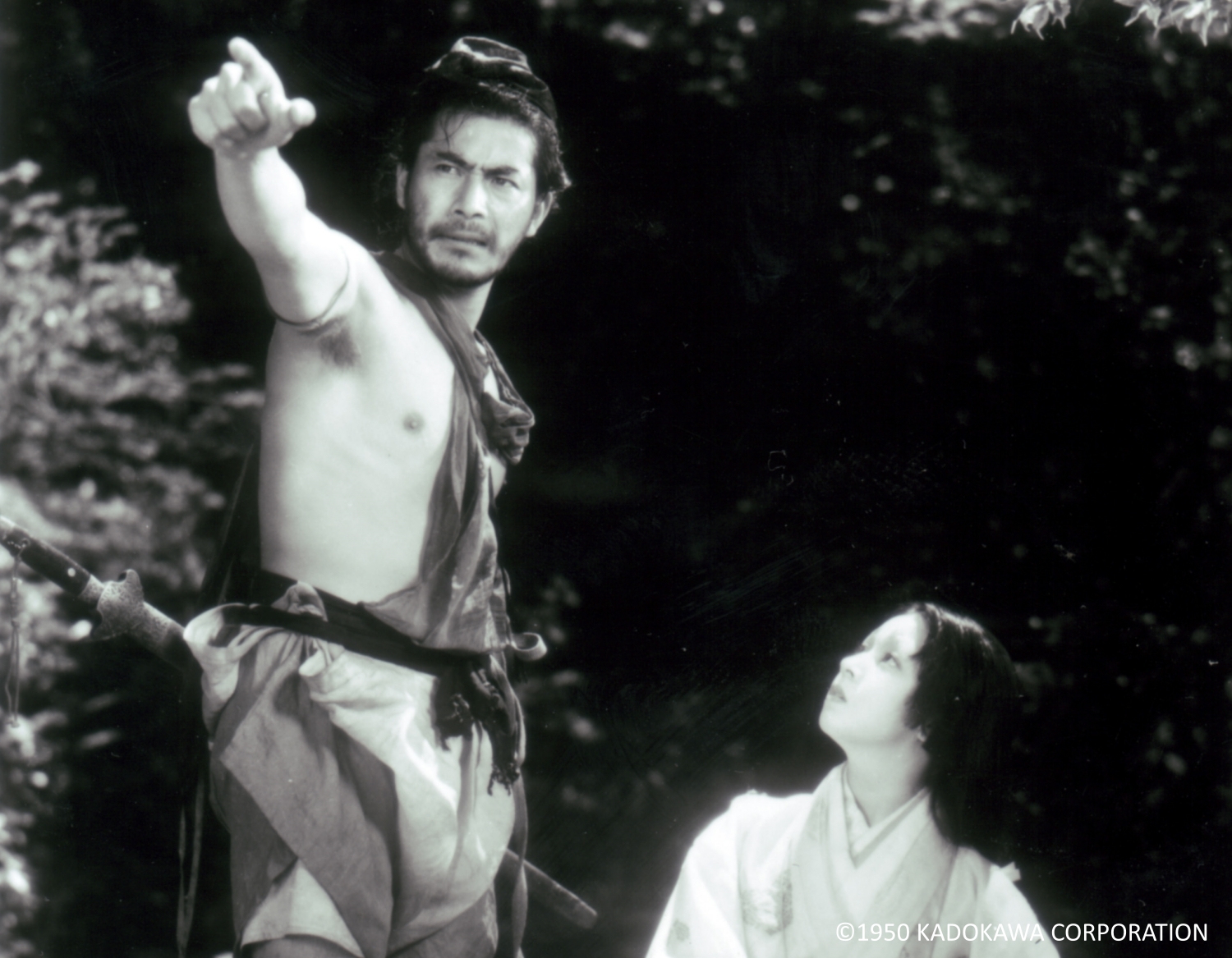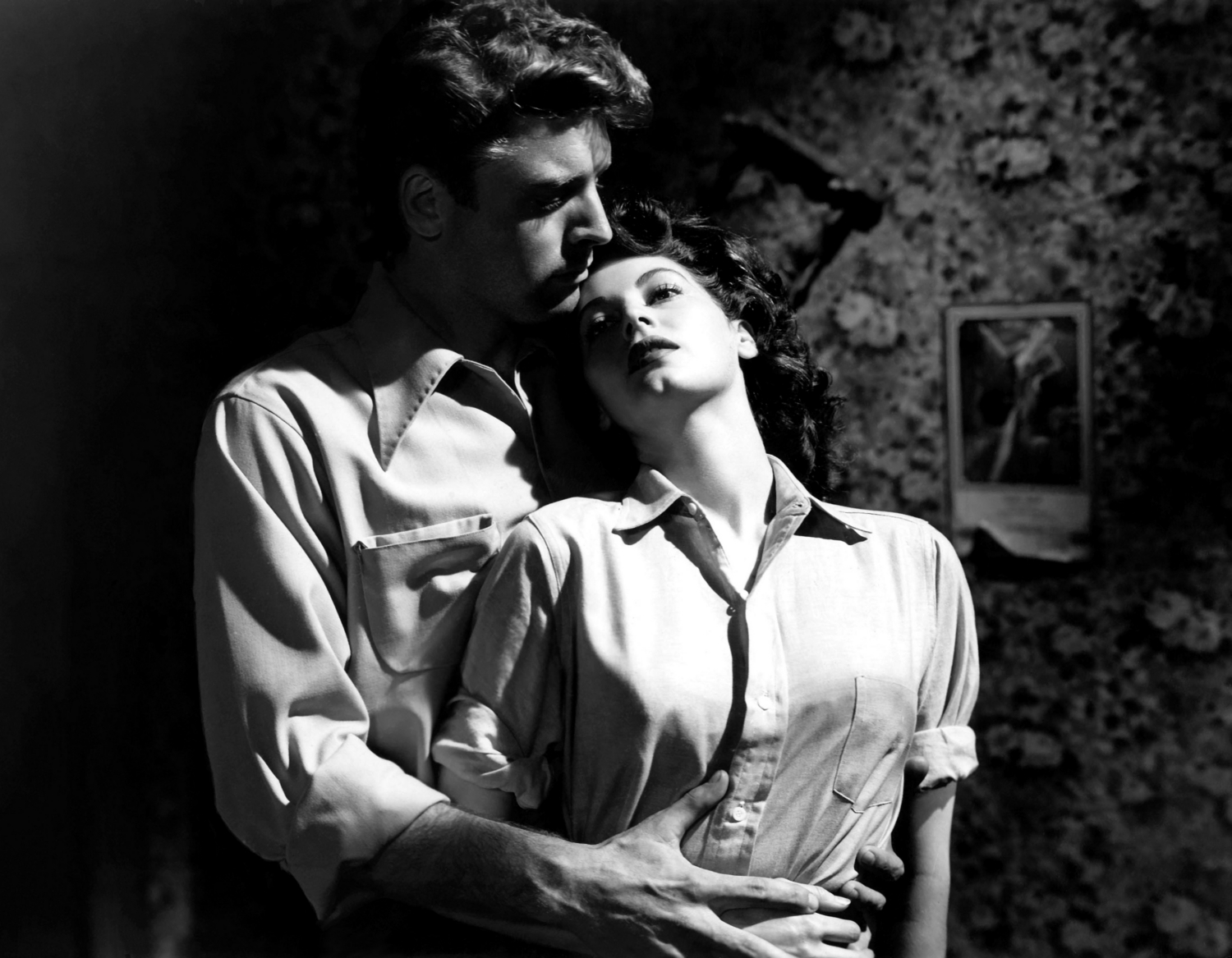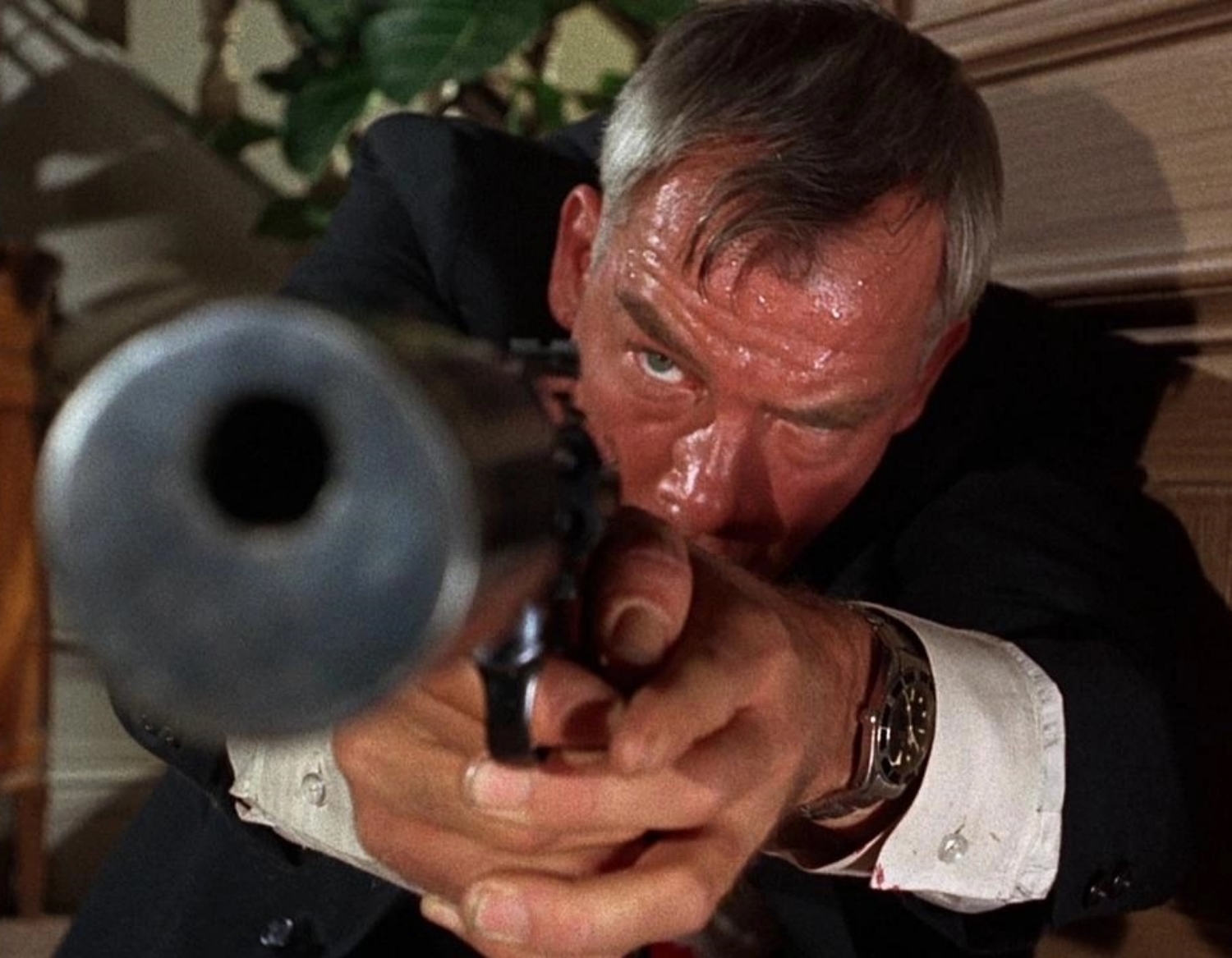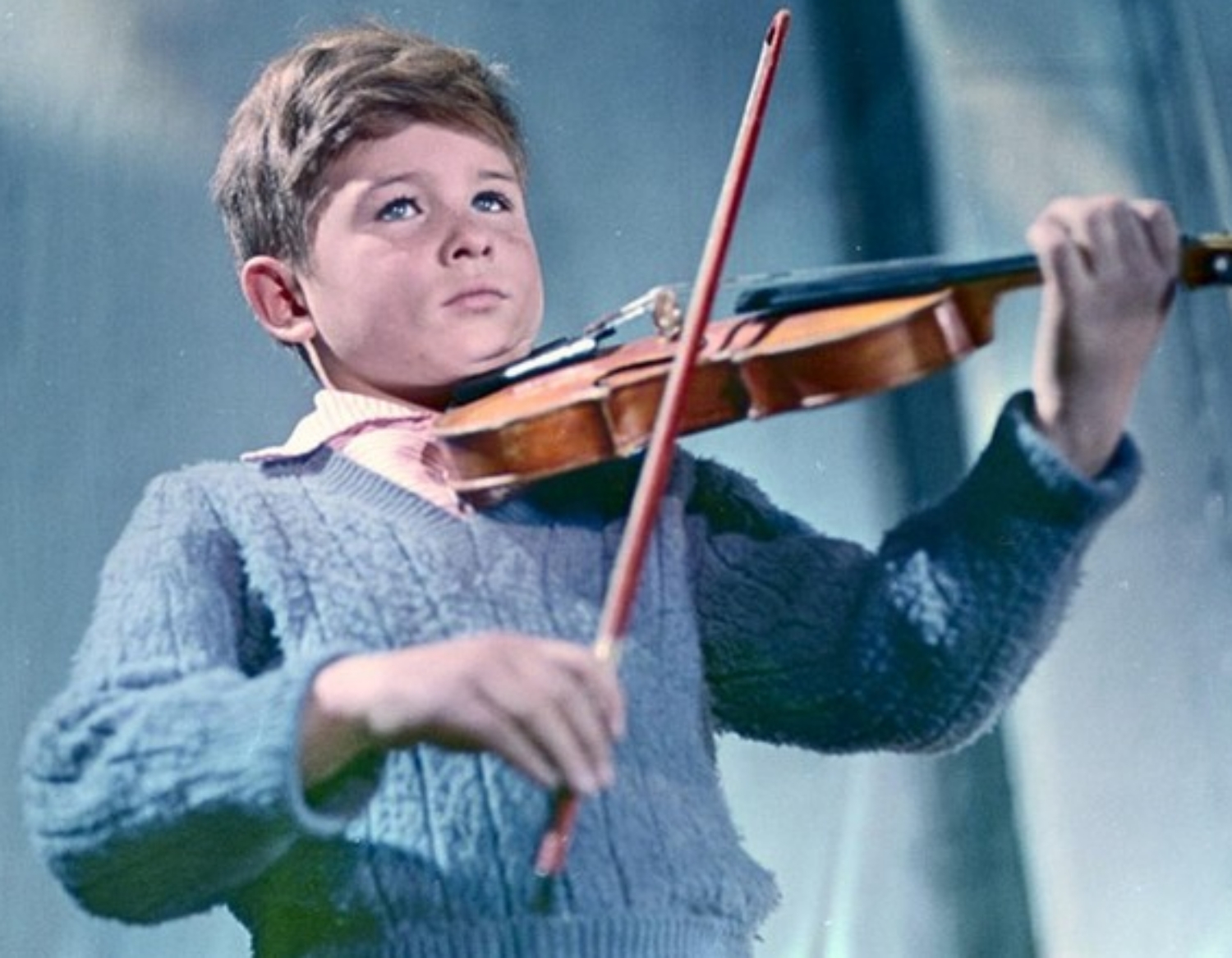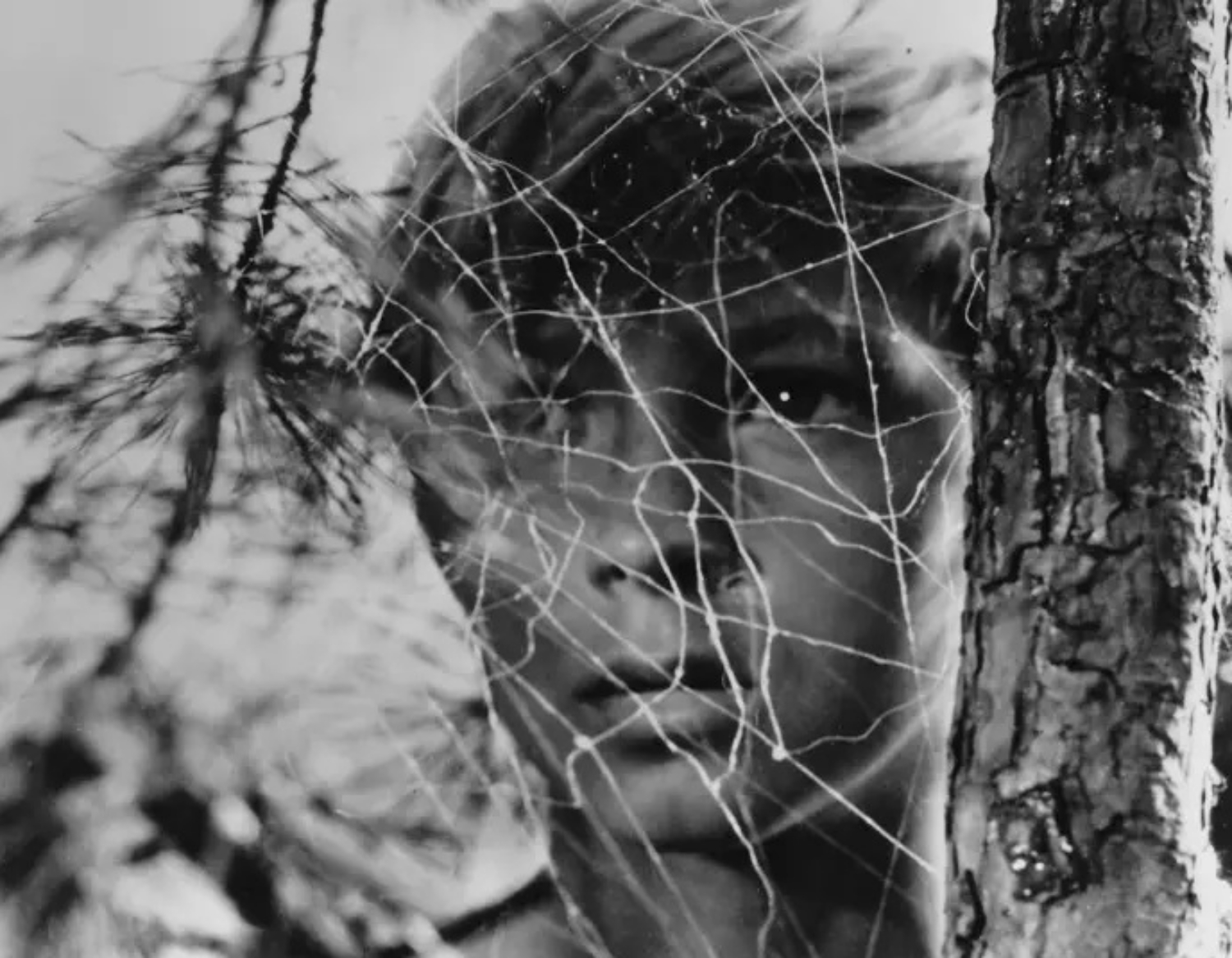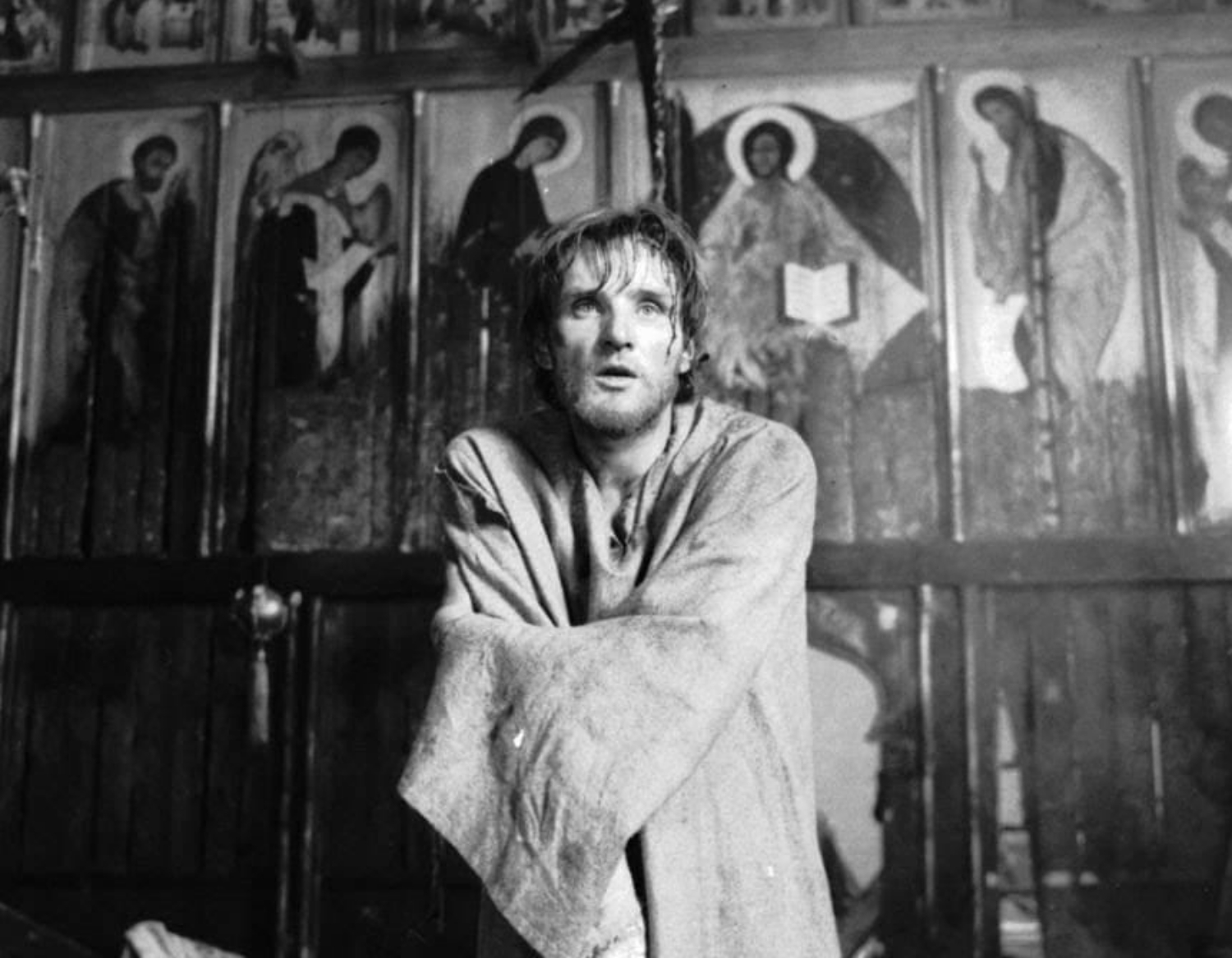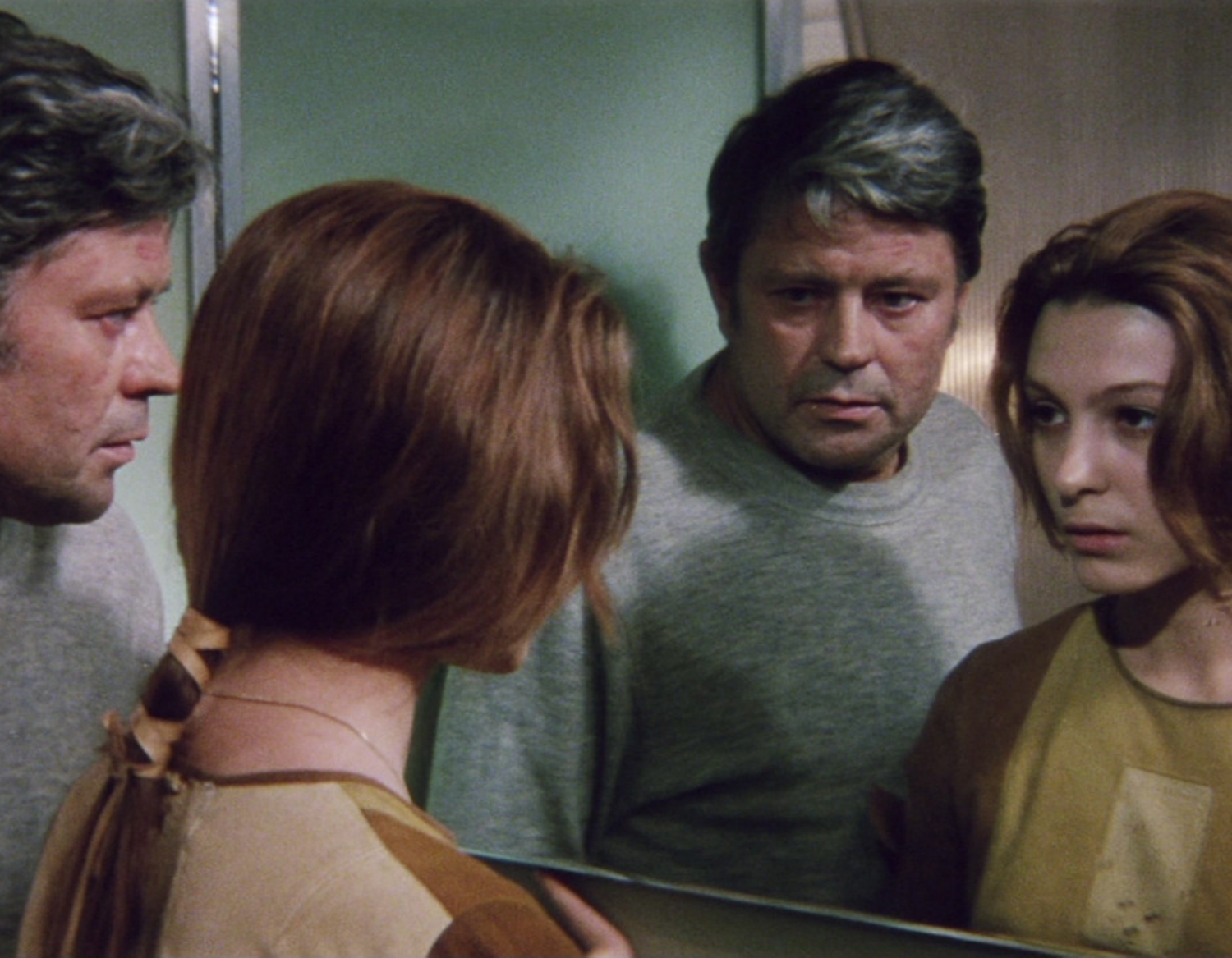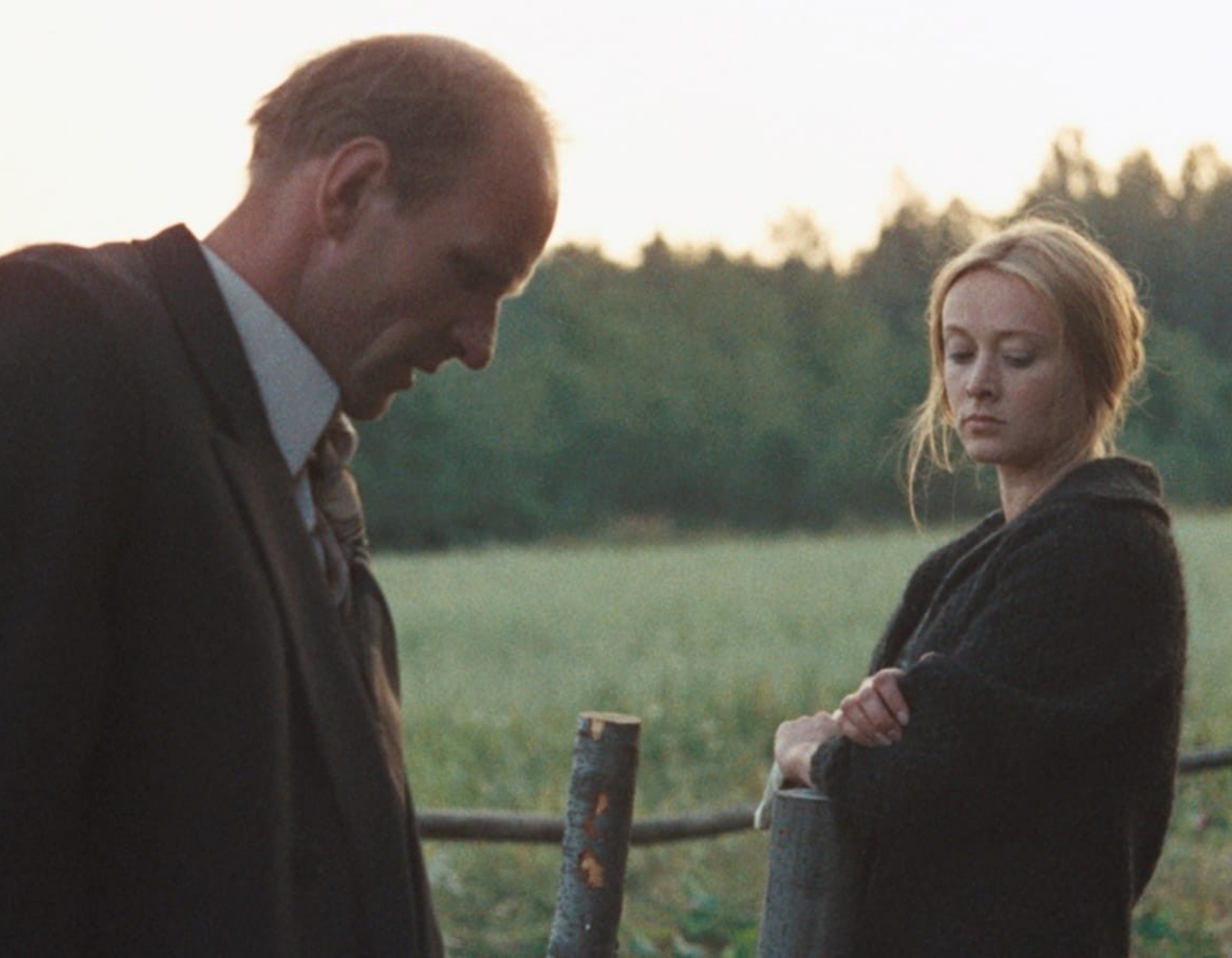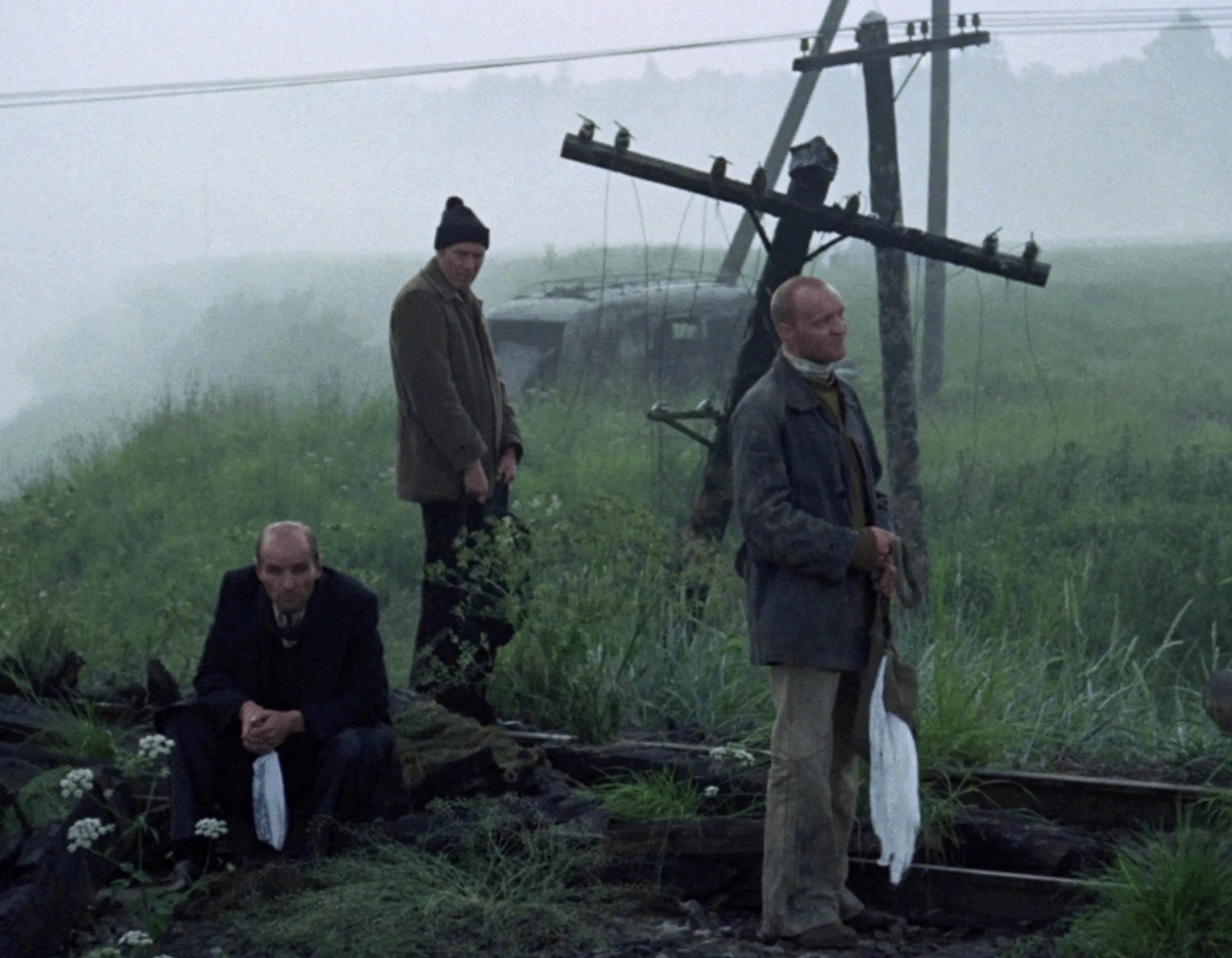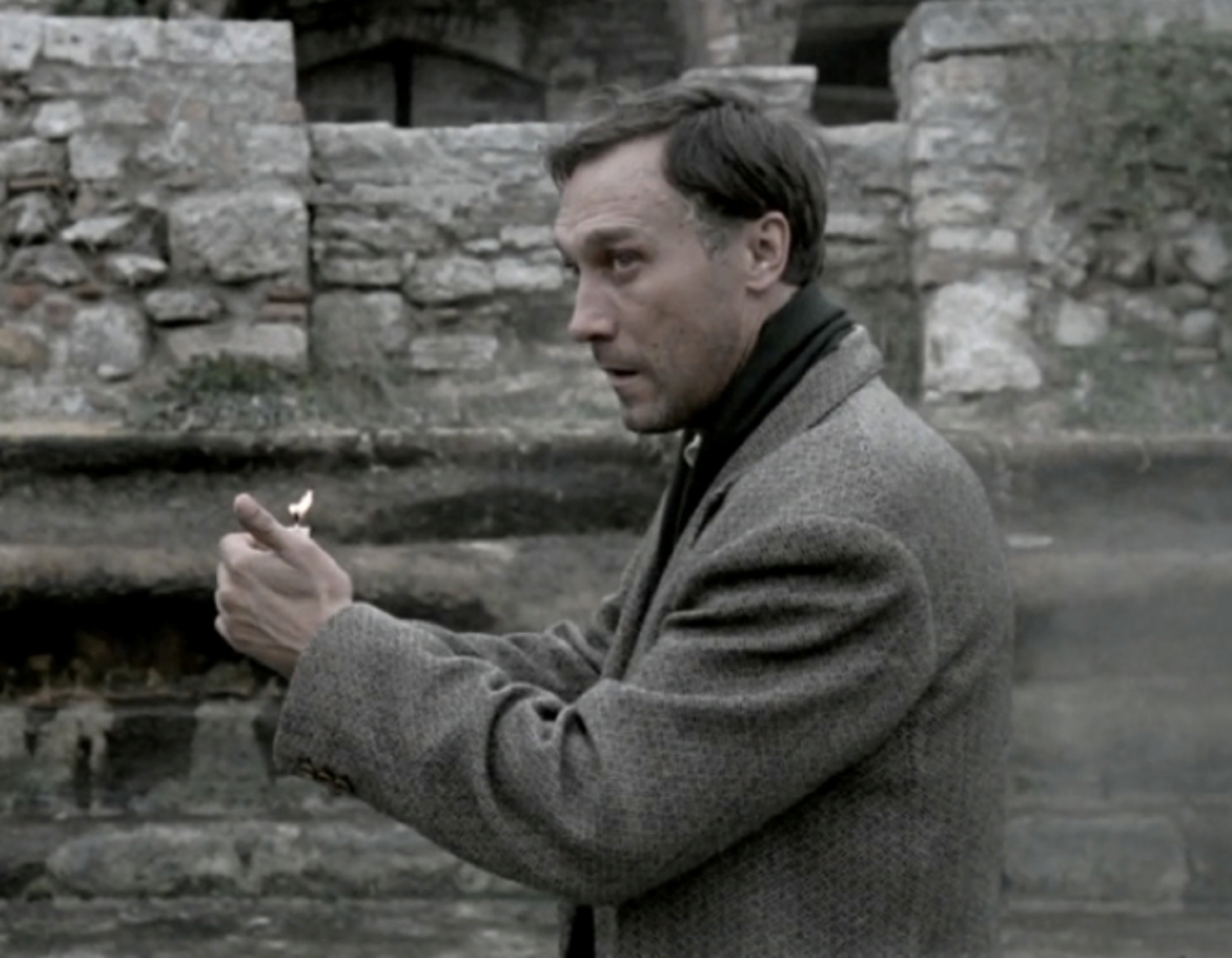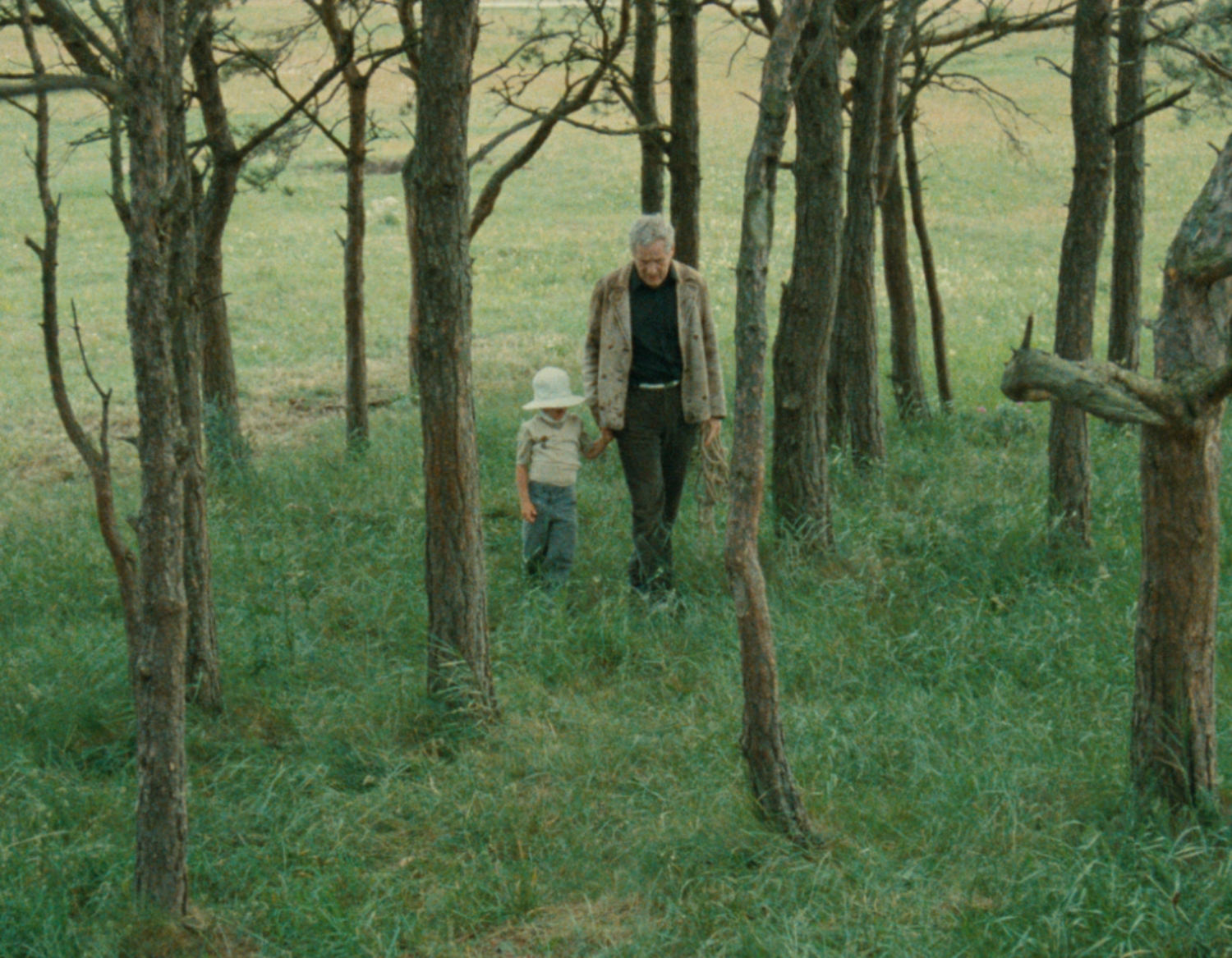2024
Cinematic Landscapes of Japanese Literature
Literature and cinema have an intricate relationship – like lovers, intimate yet sometimes conflicting.
Japanese cinema had grown [...]
Literature and cinema have an intricate relationship – like lovers, intimate yet sometimes conflicting.
Japanese cinema had grown by leaps and bounds since the 1930s, when pictures began to ‘talk’. With a strong demand for good scripts, studios and directors looked to the works of literature for their realistic portrayal of contemporary lives and popularity among people, paving way for bungei-eiga (literary films) to become a trend. From the early 1950s when the second Golden Age of Japanese cinema flourished, modern Japanese literature offered a wealth of choices for filmmakers anxious to explore and reflect on themes consonant with the rapid political, economic, social and cultural transformations underway in Japan during the postwar recovery.
While both are powerful forms of storytelling and embodiments of imagination, literature and film are different artistic mediums with distinctive form, language, technique and effect. In translating a literary work into sound and image, a filmmaker has much to take into consideration – its characters, themes, narratives and visualisation, among others. Whether to remain faithful to the original, to reinterpret, to use it as a pretext, or to make one’s statement, it’s a director’s call – for good or bad, or both.
Taking up the Meiji-era tales – I Am a Cat and The Heart – from Natsume Soseki, the father of modern Japanese literature, master filmmaker Ichikawa Kon crafted his contemporary cinema with the novel’s profound sense of desolation and loneliness, while capturing the interplay between the self-reflecting spirit of the alienated intellectuals and the postwar collapse of the traditional values. Nomura Yoshitaro, in putting the acclaimed detective stories Stakeout and The Castle of Sand on screen, accentuates writer Matsumoto Seicho’s themes of social corruption and human darkness through escalating tension in narrative structure and brilliant mise-en-scene.
Morita Yoshimitsu’s poetic evocation of Natsume Soseki’s And Then and Ichikawa Jun’s minimalistic contemplation of Murakami Haruki’s idiosyncratic alienation and solitude in Tony Takitani garnered approval from readers and cinephiles alike. Among the countless cinematic adaptations of Tanizaki Junishiro’s novels of erotic obsessions, Mizoguchi Kenji’s Miss Oyu – a heart-wrenching tale of love and sacrifice – is hailed as a cinematic masterpiece for its lyrical long takes and enchanting imagery, taking the original novel to an elevated artistic level. Widely acclaimed as a towering fiction of the century, Mishima Yukio’s The Temple of the Golden Pavilion, is re-interpreted under the lens of Ichikawa Kon, who turned the author’s scrutiny of destructive passion and agonies into an exploration of the social and cultural forces at work in the young monk’s life in Conflagration. It draws readers’ scorn, and film critics’ nods all at once.
Following our programme featuring Kawabata Yasunari in 2019, we continue our theme of adaptation from book to screen, showcasing 16 films adapted from the literary works by five celebrated Japanese novelists. We hope this selection brings an awareness of the insights that Japanese literature has brought to a cinematic tradition.
Natsume Soseki(1867-1916)
A pivotal figure in Japanese literature during the Meiji era. Navigating a rapidly westernising society, he was [...]
A pivotal figure in Japanese literature during the Meiji era. Navigating a rapidly westernising society, he was proficient in both Chinese and English, and became an English teacher at a prestigious university after studying in England. Seeking relief from life’s pressures, he wrote I Am a Cat, which gained popularity and led him to become a full-time writer for the Asahi Shimbun. Natsume's works, such as Botchan and Kokoro, blend Western literary techniques with deep humanistic themes, exploring the complexities of identity, loneliness, and struggle of intellectuals. A trailblazer in shaping modern Japanese literature of the 20th century, his influence endures and continues to resonate with readers today.
Tanizaki Junichiro(1886-1965)
A prominent figure in Japanese literature, known for his erotic, provocative stories that often explored themes of [...]
A prominent figure in Japanese literature, known for his erotic, provocative stories that often explored themes of aestheticism and obsession. His early work, The Tattooer, characterised by the pursuit of feminine sensual beauty and demonism, set the stage for his distinctive style. Relocating to Kyoto after the Great Kanto Earthquake, he became enamoured with the region’s culture, which influenced his later works. Notable pieces from the 1930s include Manji and In Praise of Shadows. Among his later works, The Makioka Sisters, serialised during World War II, was hailed as a masterpiece epitomising an entire society sliding into the abyss of modernity.
Matsumoto Seicho(1909-1992)
He spent his early years in Kyushu, where he was forced to leave school to earn a living as a printer and newspaper typesetter before becoming a writer at the age of forty through a contest. After publishing his first detective short story, Stakeout, in 1955, he soon made his reputation with Points and Lines, hailed as a groundbreaking work of the ‘social detective’ genre. Shifting from traditional ‘whodunnits’ to plots intertwined with themes of corruption and social exploitation, Matsumoto’s narratives often reveal the dark sides of human nature. He also authored investigative works like Black Fog over Japan and Unearthing the Shōwa Period, leaving a lasting influence on contemporary Japanese detective storywriters.
Mishima Yukio(1925-1970)
A multifaceted figure in Japanese literature, known for his provocative themes and striking prose. Shortly after graduating [...]
A multifaceted figure in Japanese literature, known for his provocative themes and striking prose. Shortly after graduating from the University of Tokyo, he wrote his autobiographical novel, Confessions of a Mask, which shocked the literary world. Embracing both masculine strength and feminine sensuality, his novels are marked by duality, scrutinising the theme of beauty and mortalily against violence and destruction. He had intricate works that delve into human agonies, as in The Temple of the Golden Pavilion, and poetic works that portray innocent love, as in The Sound of Waves. A right-wing thinker who exalted the Samurai Spirit yet denouncing materialism, Mishima attempted a coup in 1970, which ended up in his own ritual suicide.
Murakami Haruki(1949-)
One of the most internationally renowned contemporary Japanese authors. Murakami studied theatre at Waseda University and ran [...]
One of the most internationally renowned contemporary Japanese authors. Murakami studied theatre at Waseda University and ran a jazz café before publishing his debut novel, Hear the Wind Sing, in 1979. His best-selling novel, Norwegian Wood, turned him into a literary superstar. Blending real-life experiences with a touch of magical realism, his works explore themes of loneliness, alienation, and the paradox of approach-avoidance in relationships, contemplating life and offering musings through witty dialogues. A passionate music and film enthusiast, he often infuses his narratives with jazz scores and film references, creating his own brand of modern literature replete with sound and images.
Back to the Screen
Cinema Heritage: From The Film Foundation
The Golden Age
Sculpting in Time - Andrei Tarkovsky
‘What is art? Like a declaration of love: the consciousness of our dependence on each other. A [...]
‘What is art? Like a declaration of love: the consciousness of our dependence on each other. A confession. An unconscious act that nonetheless reflects the true meaning of life – love and sacrifice.’ A life sculpturing time with his lens, Andrei Tarkovsky created a synthesis of memories, dreams, and spiritual insights in his poetic cinema to contemplate artistry and reality, exploring the many important philosophical questions about life and existence. Leaving behind only seven feature films, the Russian director had nevertheless opened up the road not taken – the road that leads the searchers to the meaning of art and life. Through this film course, we invite you to go on an expedition from his early short films to features, in search of your own faith, morality, love, sacrifice – and ultimately, redemption.
Conducted in Cantonese. Approximately 60-minute lecture
Audience who attends the course is eligible for a complimentary copy of Sculpting in Time - Andrei Tarkovsky (Chinese only).

